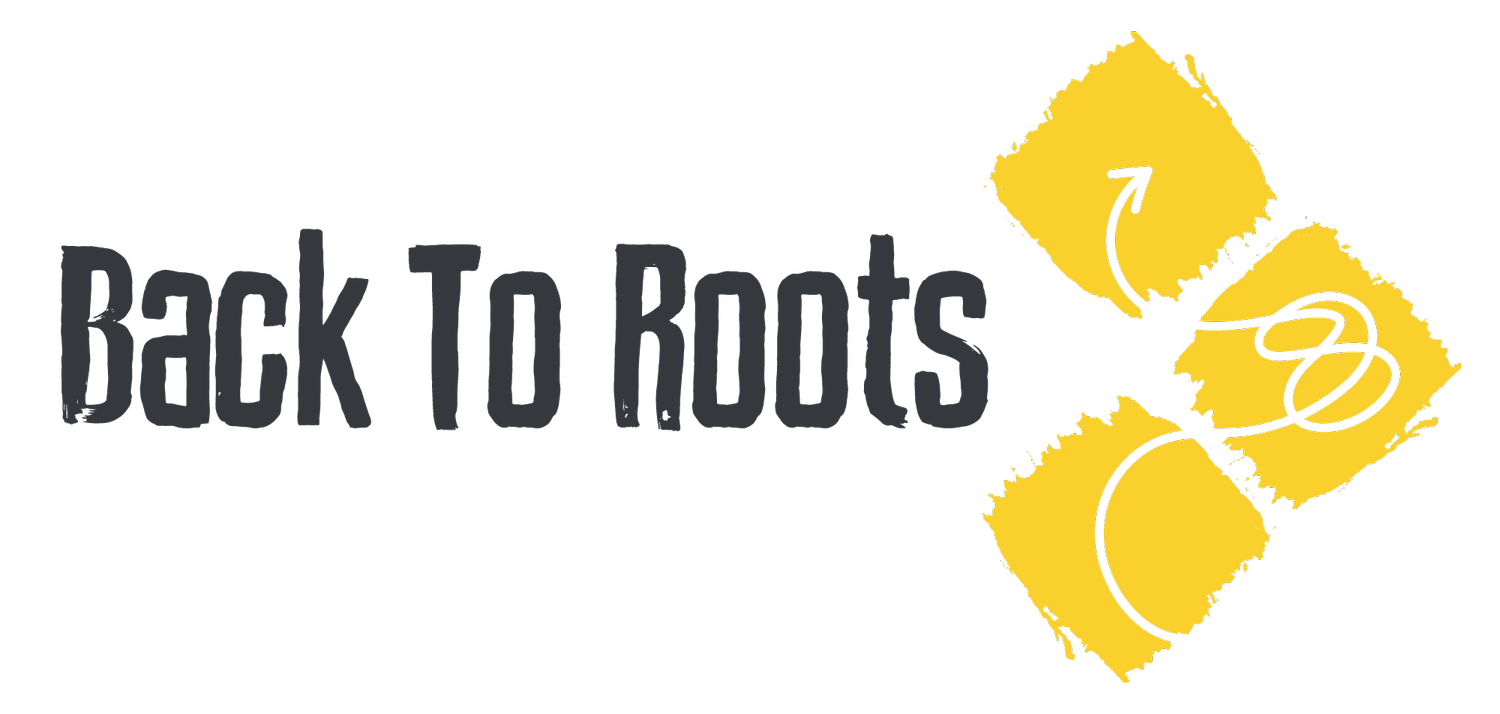Homeostasis what??
One big balancing act, not too little not too much, just enough...
“The tendency towards a relatively stable equilibrium between interdependent elements, especially as maintained by physiological processes”
Lots of fancy words here, none more so than homeostasis itself - it needs some clarifying as it's not only really important to understand, but really simple too.
Essentially, even though everything in our environment will change; the weather, a family party, a sport or being curled up in bed, certain things simply HAVE to maintain constant inside us. Typical examples include body temperature (roughly 37 degrees), blood sugar levels, salt/mineral levels, oxygen / carbon dioxide levels and acid /alkaline ratios.
If there is too much, or indeed too little of any of these balances it can have far reaching consequences not only to our health, but literally life or death! This is why maintaining a critical balance, or homeostasis is so important.
An important point here is that every tissue in the body has a homeostatic requirement. Musculoskeletal tissues are what make up all of our joints, our shoulder, our knee, big toe and so on. As the name implies it refer to:
- Musculo - muscle
- Skeletal - bone
The term musculoskeletal also refers to:
- Tendon
- Cartilage
- Connective tissue such as fascia
These musculoskeletal tissues are all made of bundles of cells that together form the particular tissue; tendon, muscle.....
The language of these cells is "Load", or force. These cells do exactly what is asked of them and they adapt accordingly. In fact this term has a name - Specific Adaptation to Imposed Demand or the SAID principle. In order for all these tissues to achieve homeostasis in the ankle, the knee, the low back and so on the tissues require load. They require force through them to maintain their stable state. This simply means we HAVE to use our body, which sounds obvious, until we are in pain for example.
Recall homeostasis is all about balance and homeostasis of musculoskeletal tissues requires load. If we massively under-load our tissues, such as in space travel, the SAID principle dictates that our bodies lose significant bone density, muscle mass and tissue tolerance; we have disrupted homeostasis. The other end of the spectrum would be to massively overload our system. If we suddenly decided to compete in a world strongman competition and tried to lift a car it would likely cause such an overloading force to our system that it would cause injury; most certainly disrupting homeostasis.
Tissue homeostasis is a big deal in health care and chronic pain in particular, invariably leaning on the under-loading end of the spectrum, or de-conditioning. Chronic pain literally means pain that has lasted a long time, greater than 3 months typically. If the only thing you take from this article is an awareness that homeostasis for tissues exist and that you need to load them then something has been achieved. Most people want to know what they can do about it.
“If the only thing you take from this article is an awareness that homeostasis for the tissues exist and that you need to load them then something has been achieved. Most people want to know what they can do about it”
It is possible, and indeed the goal to expand tissue homeostasis through careful graded exposure to load. This is known as shifting your Envelope of Function. It is well known that astronauts have to go through this gradual reintroduction to gravity (load) where they shift their envelope of function to expand their tissue homeostasis, literally learn to walk again. This is the hallmark of a well designed training program, little increments over time, pushing the envelope, too much too quick would result in the same as the strongman example; injury OR trigger the alarm / sensitise tissues.
Hopefully, we cleared a few concepts up there and you are one step closer to getting back to using [input body part], or even on the road towards a training program and one day lift a car, if that floats your boat!
Luke R. Davies
:)

